-
 © Tesla
© Tesla -
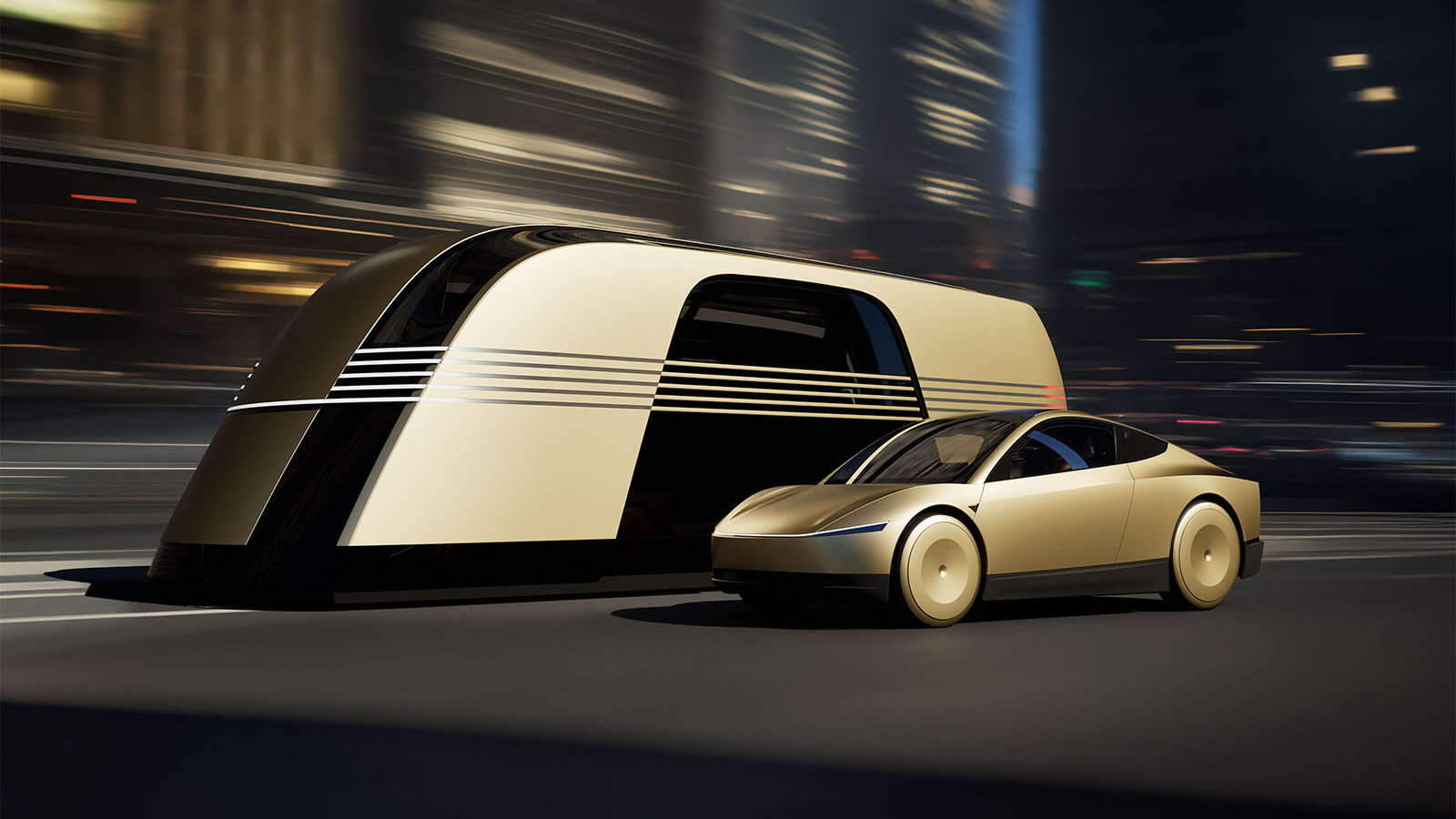 © Tesla
© Tesla -
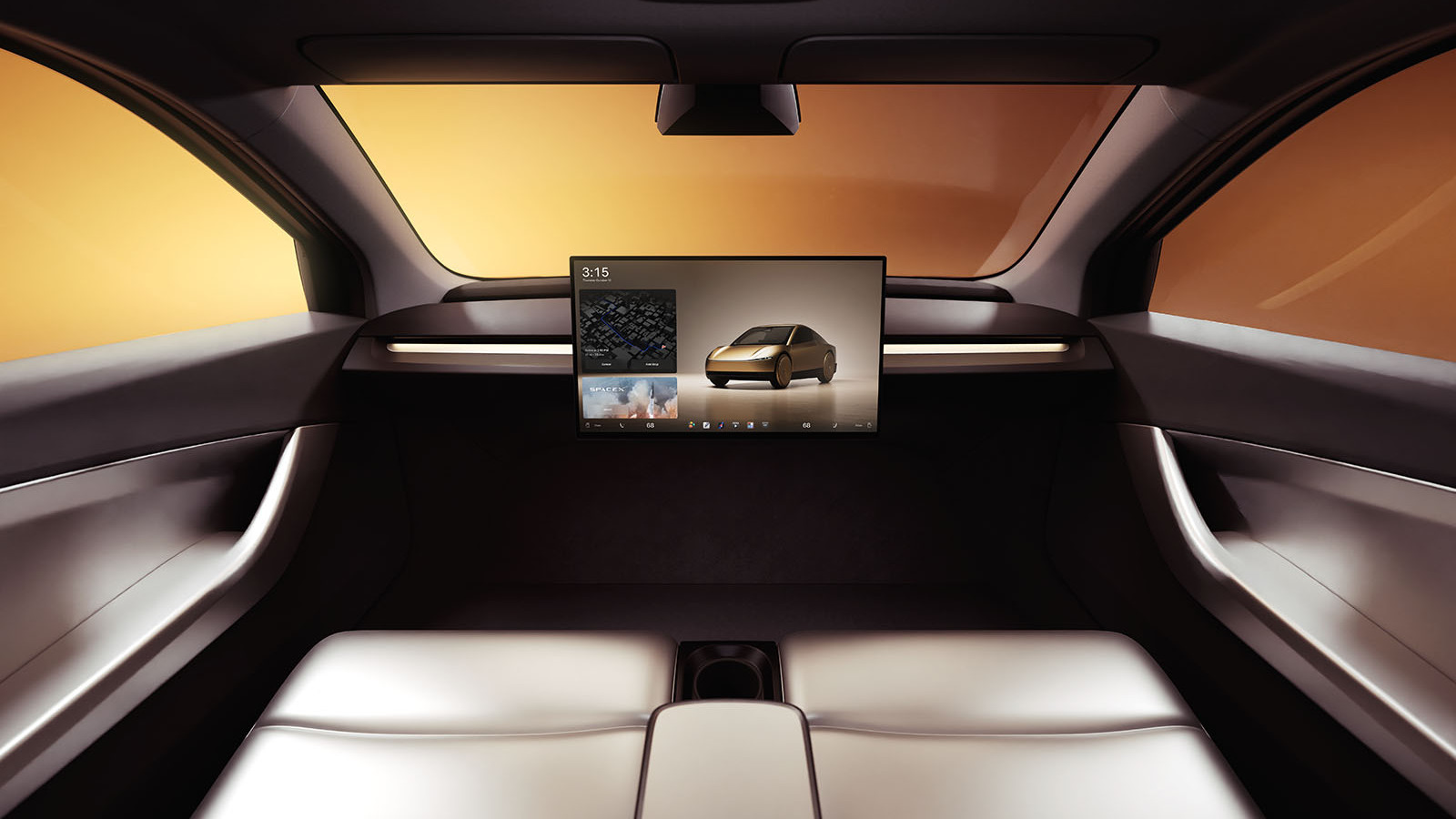 © Tesla
© Tesla -
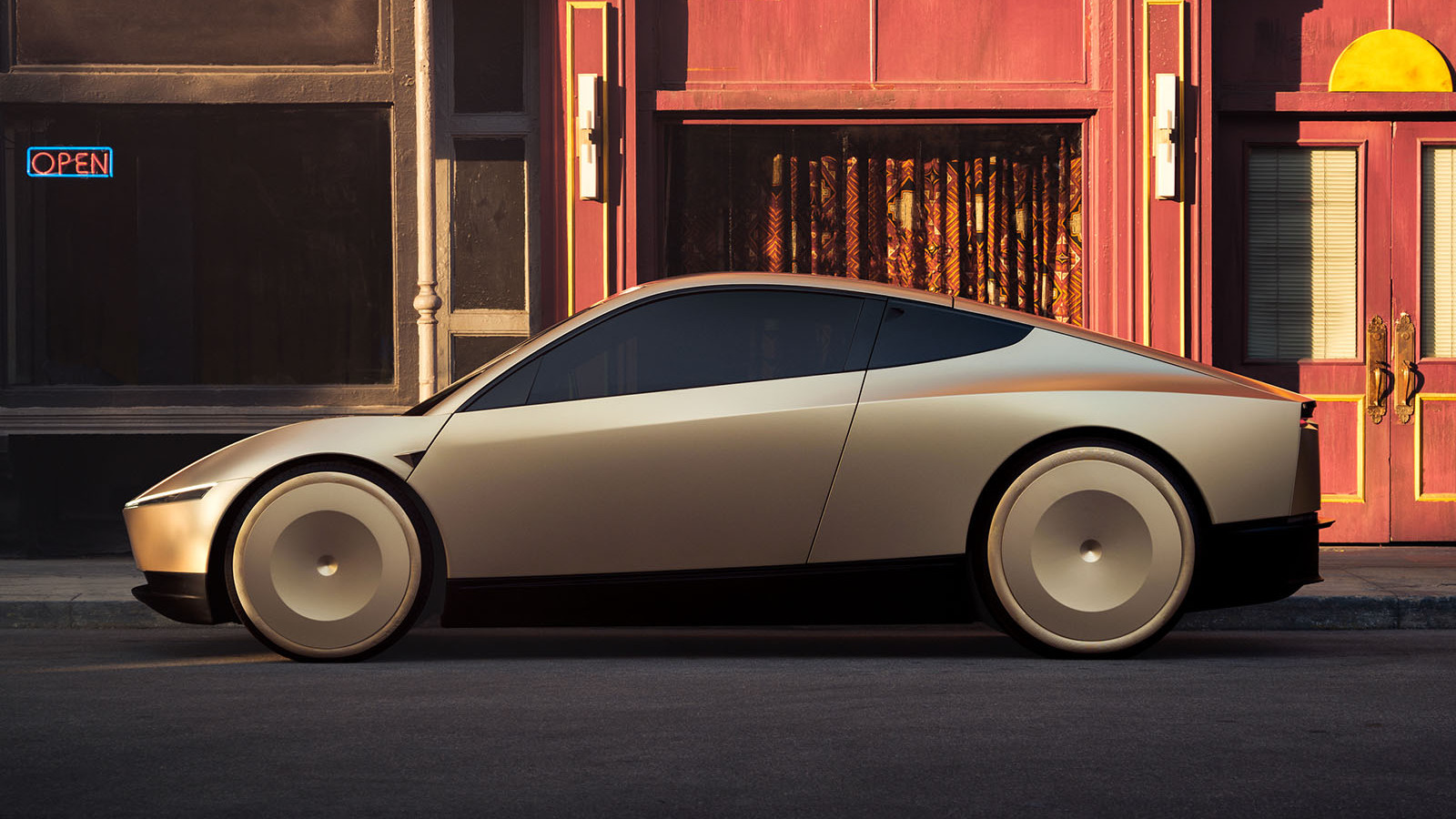 © Tesla
© Tesla -
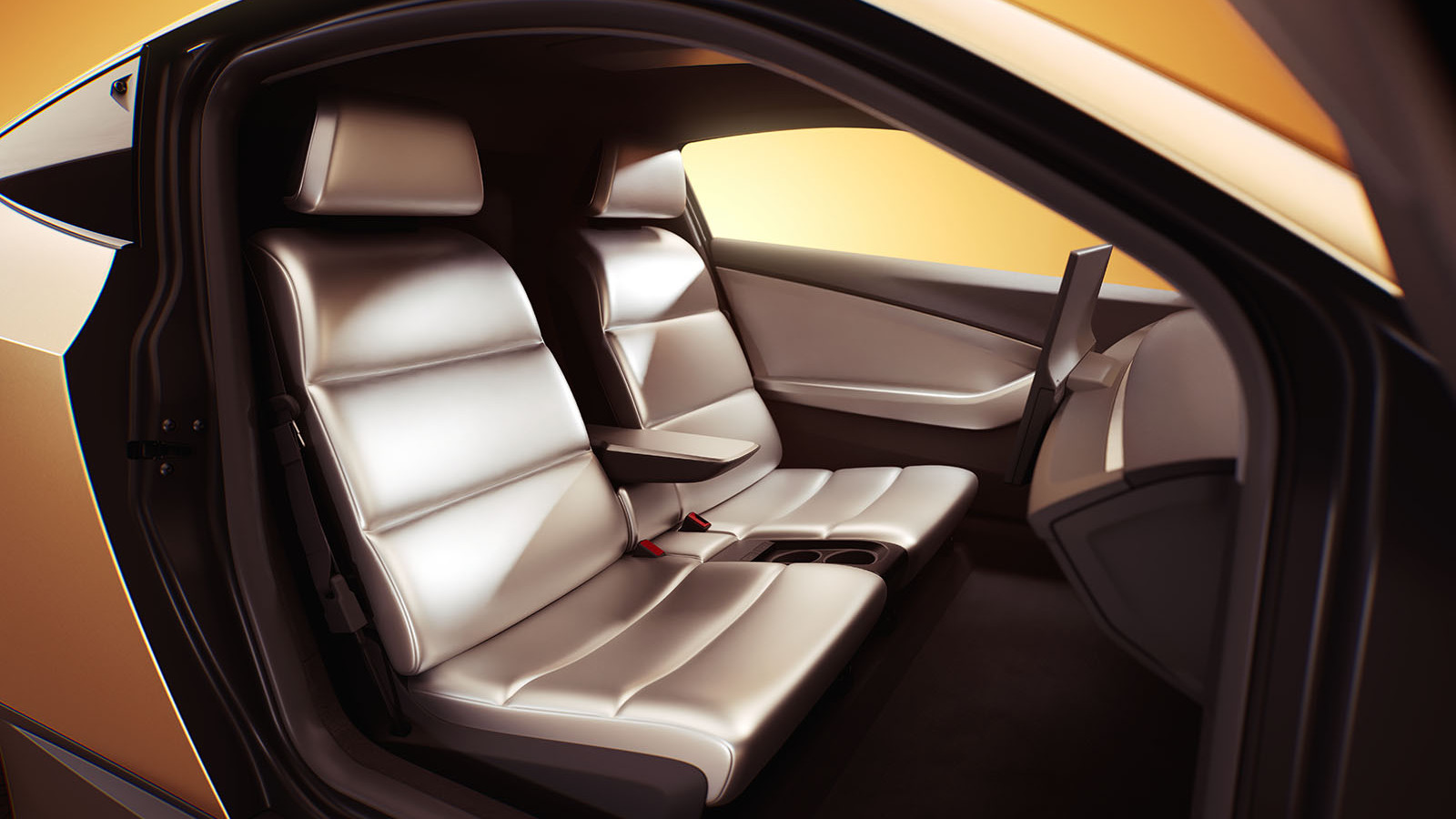 © Tesla
© Tesla -
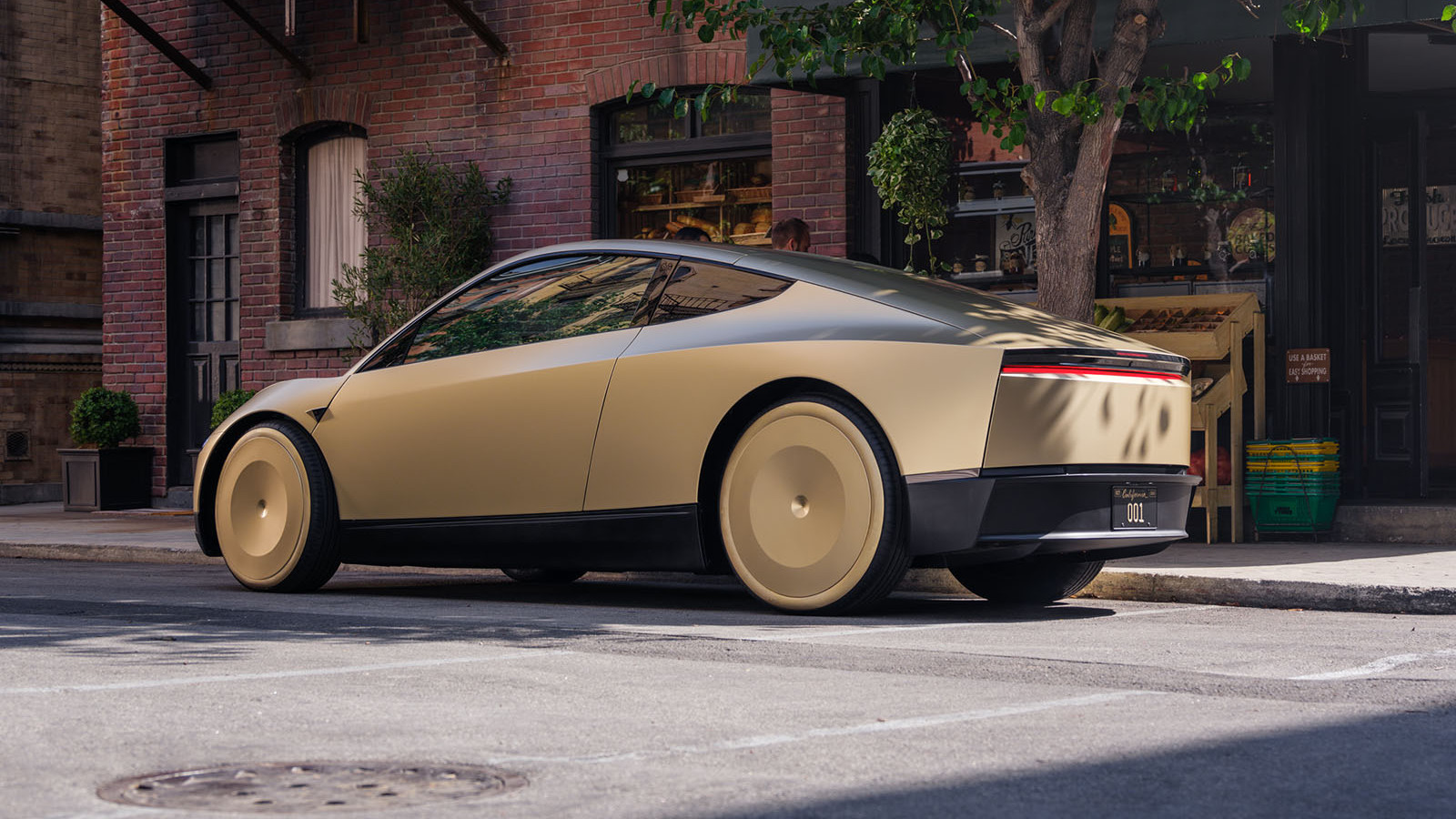 © Tesla
© Tesla -
 © Tesla
© Tesla -
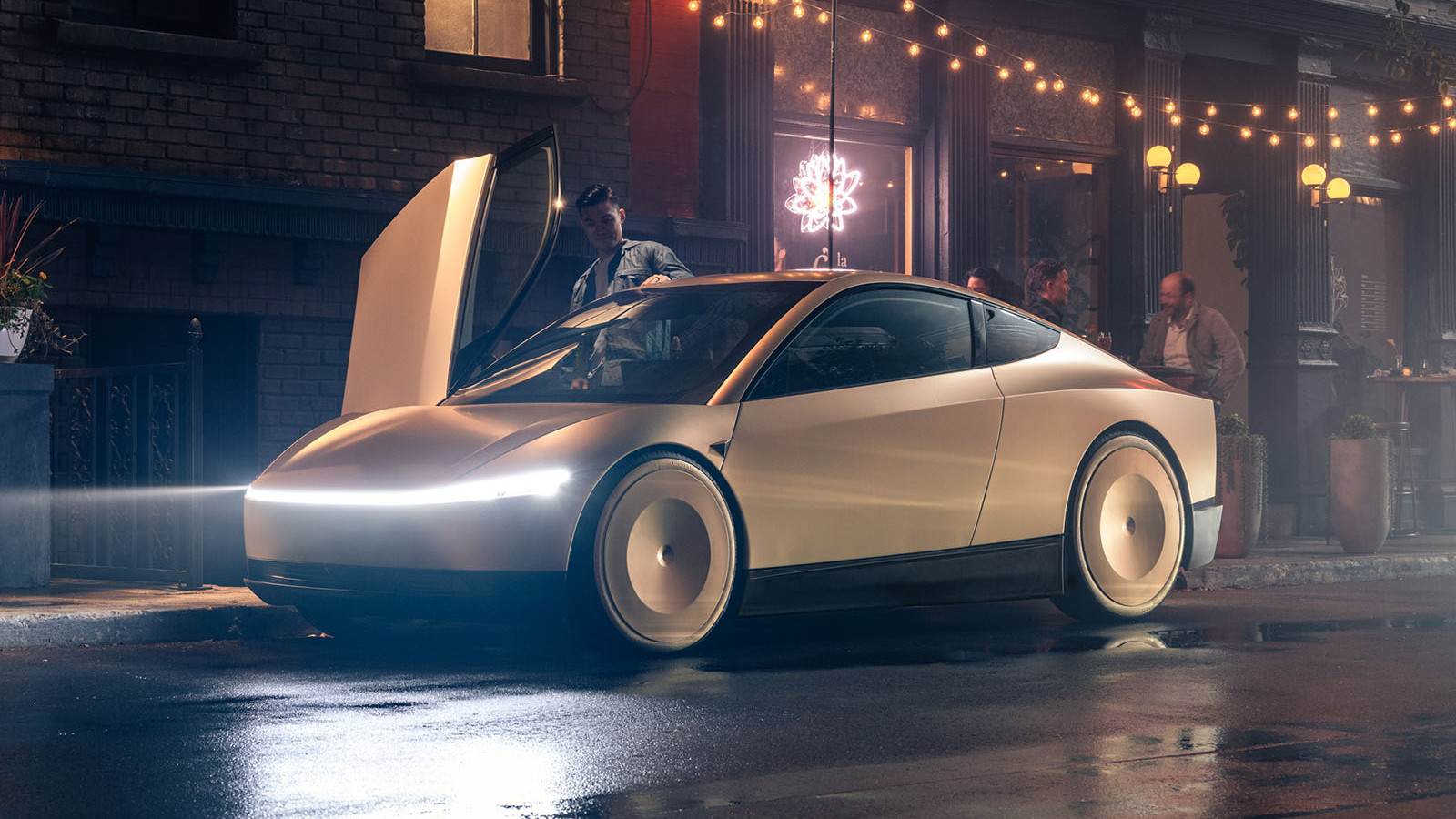 © Tesla
© Tesla -
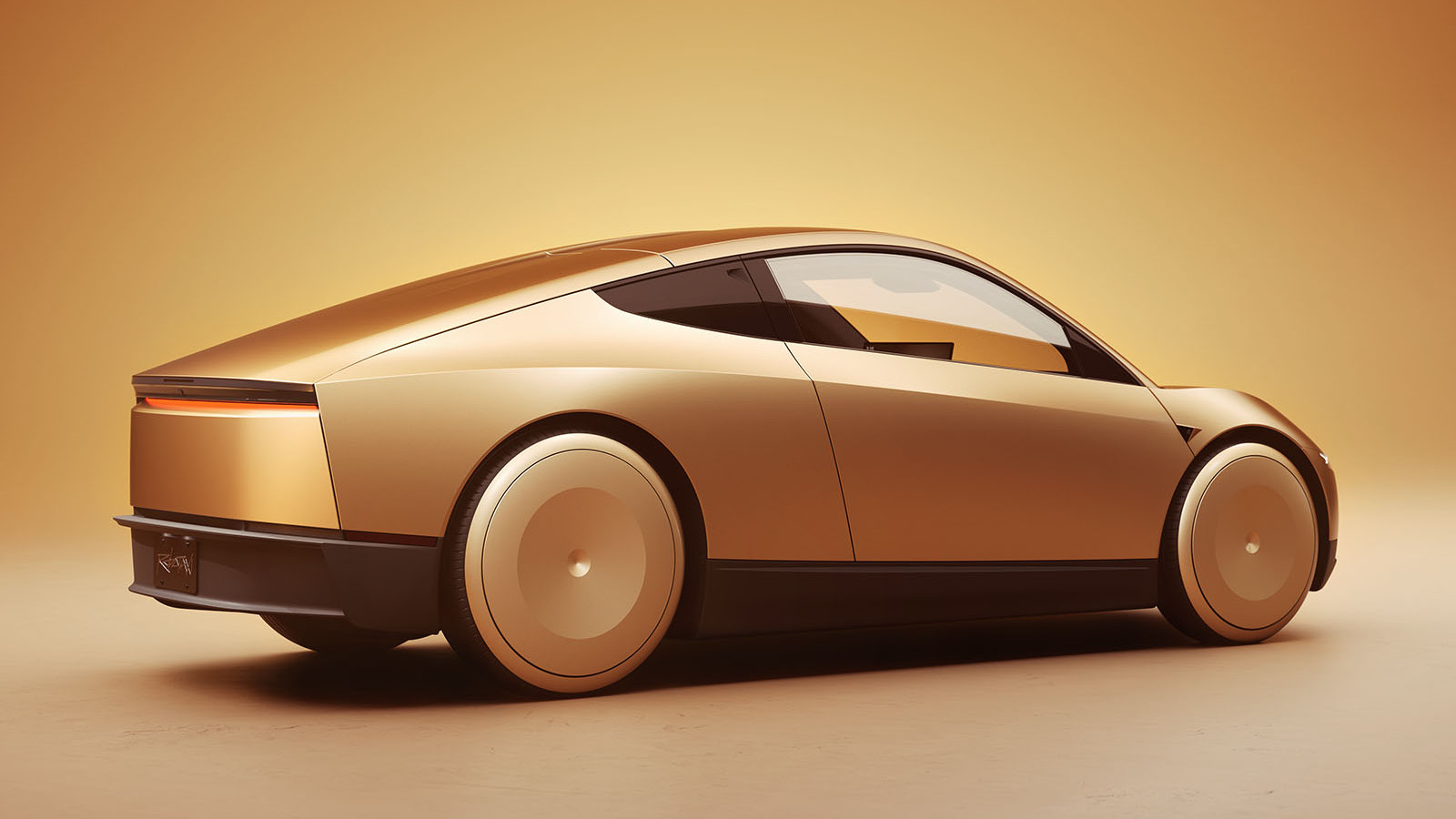 © Tesla
© Tesla -
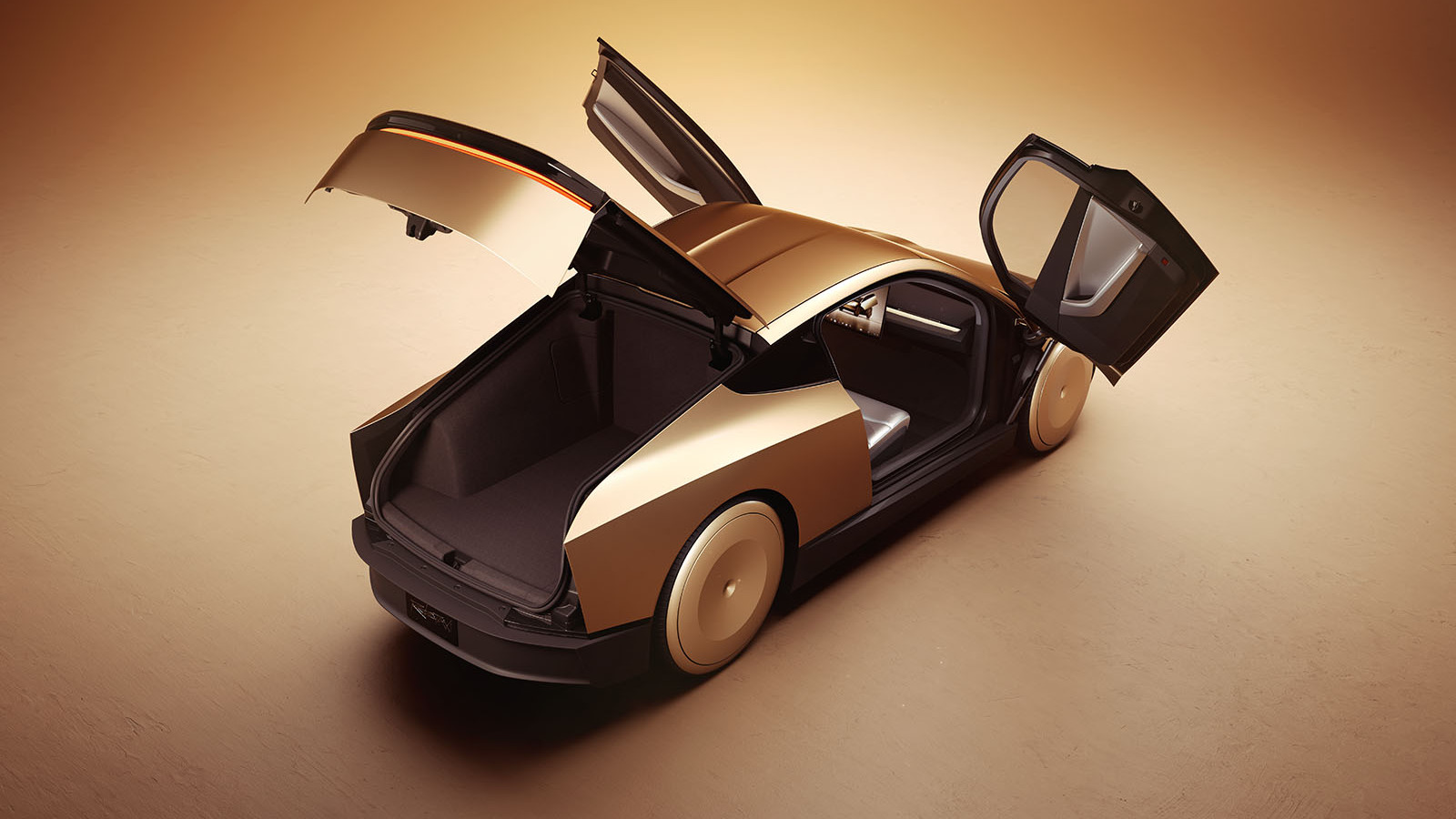 © Tesla
© Tesla -
 © Tesla
© Tesla
-
The Tesla ‘Robotaxi’ has been revealed as a compact, self-driving coupé that shows off what the firm believes a global fleet of autonomous vehicles could look like.
-
Both concepts include the autonomous Cybercab concept and a larger self-driving 20-seat van called the Robovan, both of which were shown off by company CEO Elon Musk.
-
As reported by Move Electric’s sister title Autocar, what separates the two vehicles from current-generation autonomous vehicles is that they have no steering wheels or pedals and are planned to operate using artificial intelligence and cameras. Current cars use lidar sensors and in-built mapping software.
-
They will also be capable of charging wirelessly, said Musk, so they don’t have charging ports, such as those used by Tesla’s more conventional cars. Touting the benefits of self-driving technology, Musk said: “Think about the cumulative time that people spend in a car, and the time they will get back that they can now spend on their books or watching a movie or doing work or whatever.”
-
To that end, the Cybercab’s cockpit is quite minimalist, with two seats, two cupholders, an armrest and a large central touchscreen similar to that in the Model 3. There’s also a large boot at the rear – but like the prismatic Cybertruck, the Cybercab has no rear window.
-
Tesla hopes to begin Cybercab production by 2027, with prices estimated to start at $30,000 (£23,000). The American brand did not provide any plans to launch the vehicles outside of the US.
-
Tesla plans to have “unsupervised” FSD (Full Self-Driving) technology certified for use in the Model 3 and Model Y by 2025. The firm has recently rebranded its current-generation FSD software as ‘supervised’, which means that a human driver must be ‘hands on’ in the car and paying attention to the road at all times, after US safety authorities expressed concerns over the AI-powered system’s ability to respond to unpredictable scenarios.
-
Musk sees the Cybercab and Robovan as vehicles that will operate similarly to ride-sharing services like Uber and Bolt, which enable people to summon a vehicle using an app, with owners hiring their vehicles out.
-
Technical details of the Cybercab remain unconfirmed, but it is expected to use the new platform that was destined for the ‘Model 2’ – a conventional passenger car that was rumoured to be an entry point to Tesla’s ageing EV line-up before it was removed from the product plan in favour of robotaxis.
-
The Cybercab has been in the works for many years as part of Musk’s bold plan to transition Tesla from a pure car firm to a robotics manufacturer. However, its unveiling comes shortly after that of Mate Rimac’s Verne robotaxi and just four years after Musk had originally planned to have a fleet of robotaxis on the road.
-
Rival firms, including Waymo, Cruise and Deeproute.ai, already operate driverless taxis in various cities around the world, but no vehicle currently offers the sort of full autonomy (level five) that Musk plans for the Cybercab and Robovan.
